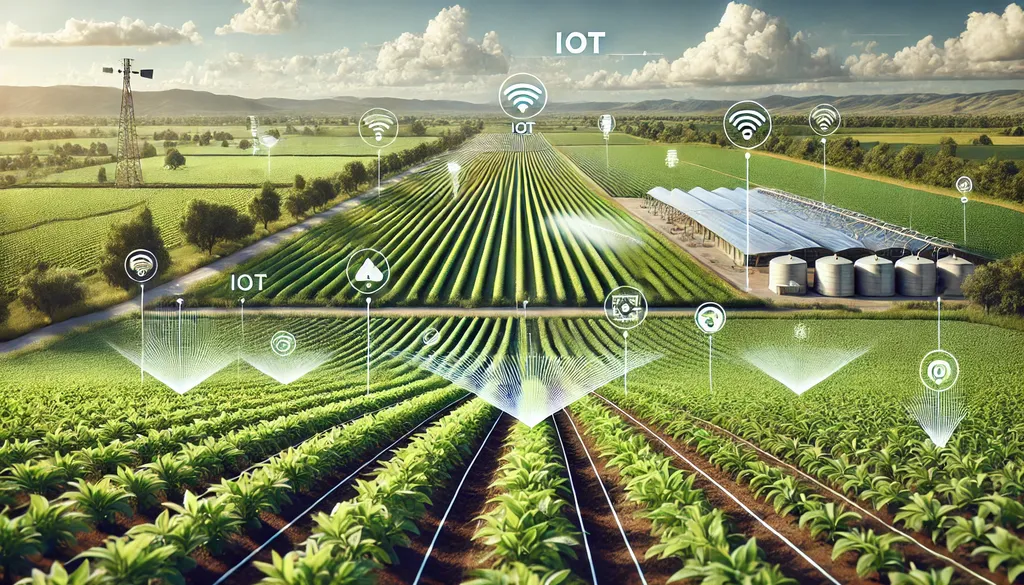In the heart of Greece’s Peloponnese region, a groundbreaking study is reshaping how we think about crop irrigation, offering a blueprint for sustainable agriculture that could have significant commercial impacts, particularly in the energy sector. Led by Emmanouil Psomiadis from the Department of Natural Resources and Agricultural Engineering at the Agricultural University of Athens, the research leverages cutting-edge technology to estimate crop water needs in real time, minimizing waste and maximizing efficiency.
The study, published in the journal *Remote Sensing* (translated to English as “Distant Sensing”), builds on the GreenWaterDrone project, which aims to revolutionize irrigation management. By integrating infrared canopy temperature, air temperature, relative humidity, and thermal and near-infrared imagery, the team developed a sophisticated system to monitor crop water stress index (CWSI). This system is mounted on an unmanned aerial system (UAS), allowing for non-invasive, real-time data collection that minimizes field intervention and equipment maintenance.
“Our goal was to create a system that could provide accurate, real-time data on crop water needs, reducing the guesswork and over-irrigation that often plague traditional methods,” Psomiadis explained. The aerial micrometeorological station (AMMS), equipped with advanced sensors and cameras, collects high-resolution data that is then integrated with satellite and ground micrometeorological station (GMMS) data to upscale results from local fields to regional levels.
The two-year pilot study focused on potato and watermelon crops in the municipality of Trifilia, key cultivations in the region. The findings were striking: empirical irrigation applied to the rhizosphere significantly exceeded crop water needs, with over-irrigation exceeding by 390% the maximum requirement in the case of potato. This level of inefficiency not only wastes water but also has significant energy implications, as pumping and distributing excess water consumes substantial energy resources.
The study also revealed strong correlations between high-resolution remote and proximal sensors, while associations with coarser Landsat 8 satellite data were moderate. By applying a comprehensive model to upscale pilot field results to the overall Trifilia region, the project demonstrated the potential for supporting sustainable irrigation planning through simulation scenarios.
“This research provides valuable insights for farmers, agricultural scientists, and local/regional authorities and stakeholders, facilitating improved regional water management and sustainable agricultural policies,” Psomiadis noted. The implications for the energy sector are profound, as more efficient water use can lead to reduced energy consumption in irrigation processes, contributing to a more sustainable and cost-effective agricultural industry.
As the world grapples with the challenges of climate change and resource scarcity, this study offers a promising path forward. By integrating advanced technology and data-driven approaches, farmers and policymakers can make informed decisions that balance agricultural productivity with environmental sustainability. The research not only highlights the potential for technological innovation in agriculture but also underscores the importance of interdisciplinary collaboration in addressing global challenges.
In the broader context, this study could shape future developments in precision agriculture, encouraging the adoption of similar technologies and methodologies in other regions. As Psomiadis and his team continue to refine their approach, the potential for scalable, sustainable irrigation solutions becomes increasingly tangible, offering hope for a more efficient and environmentally friendly future in agriculture.

